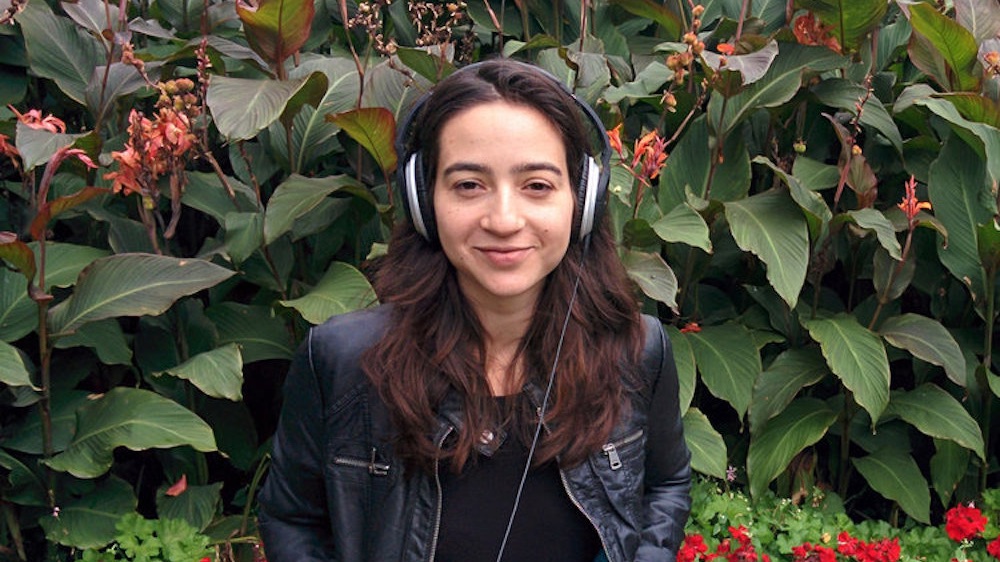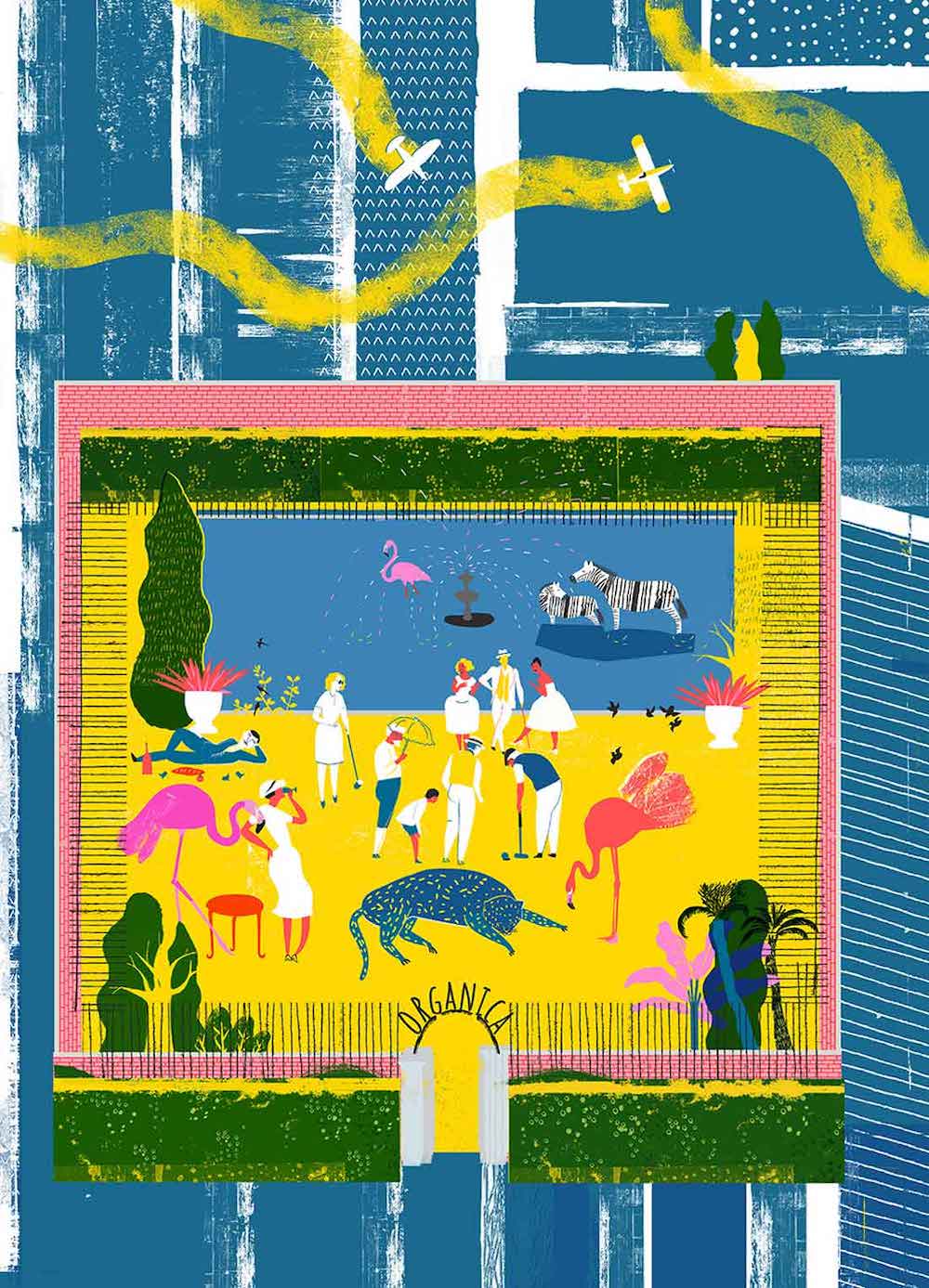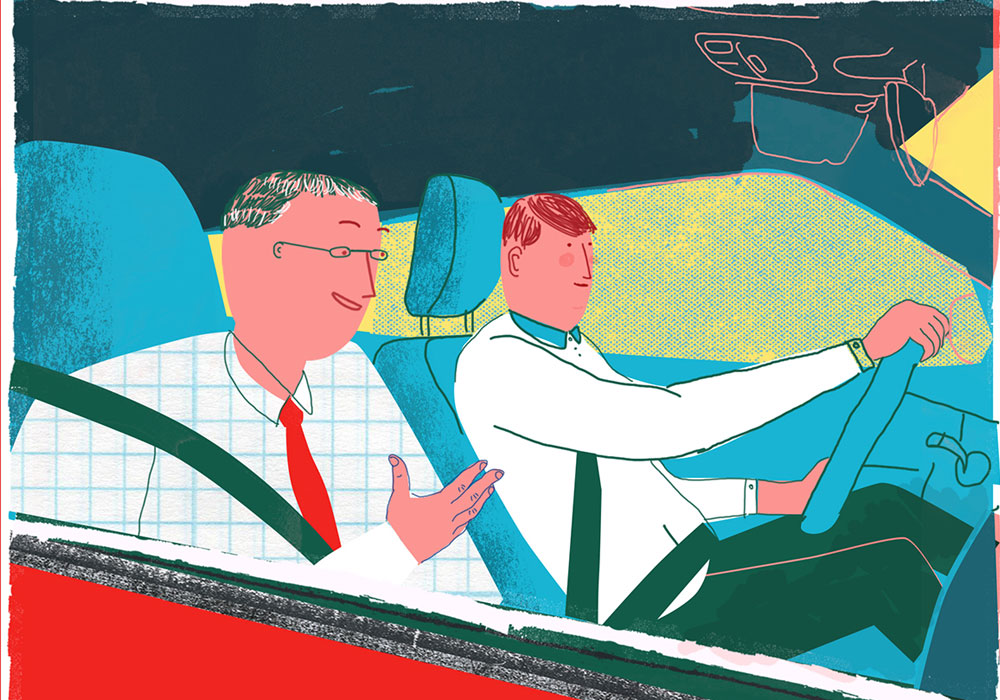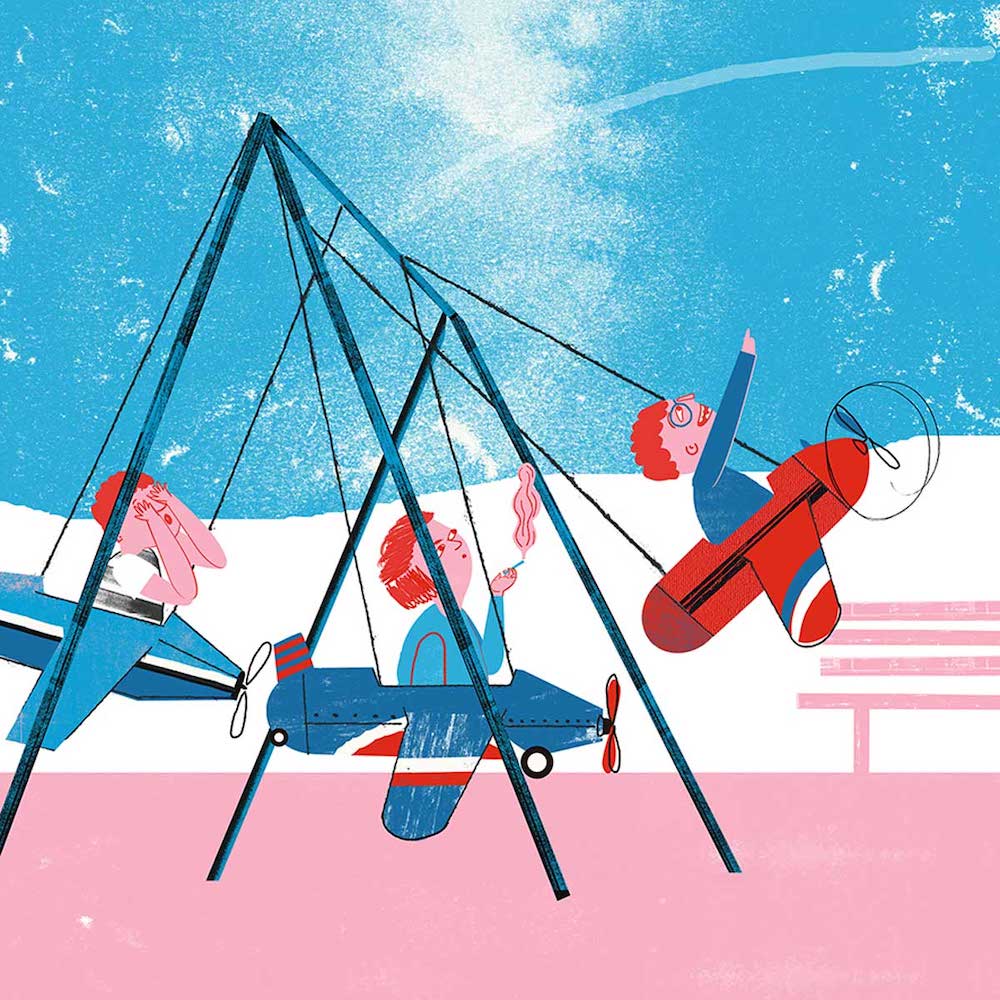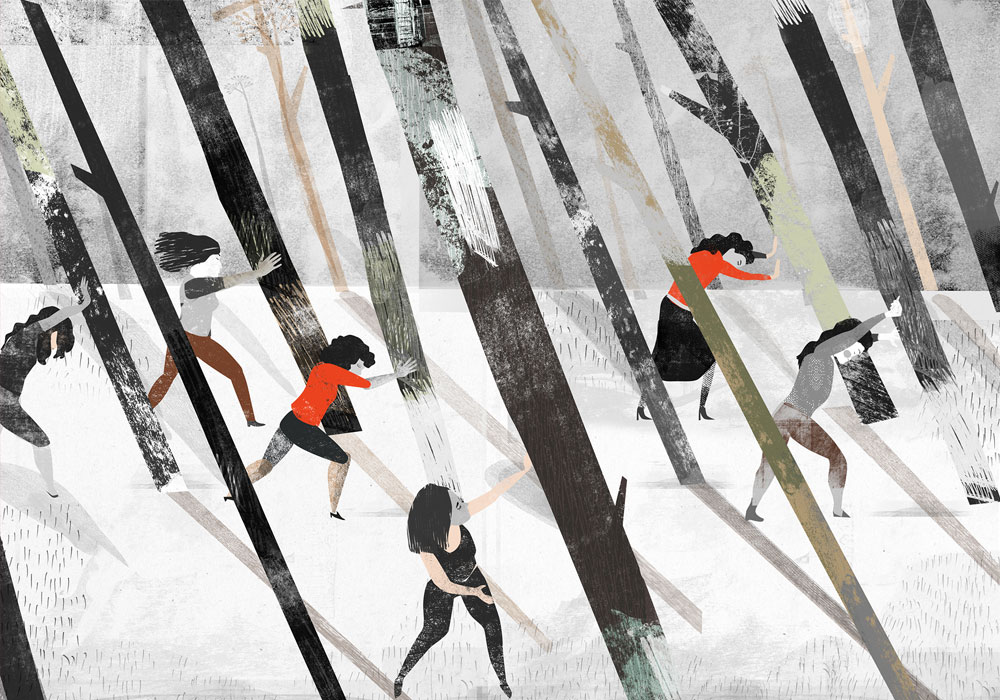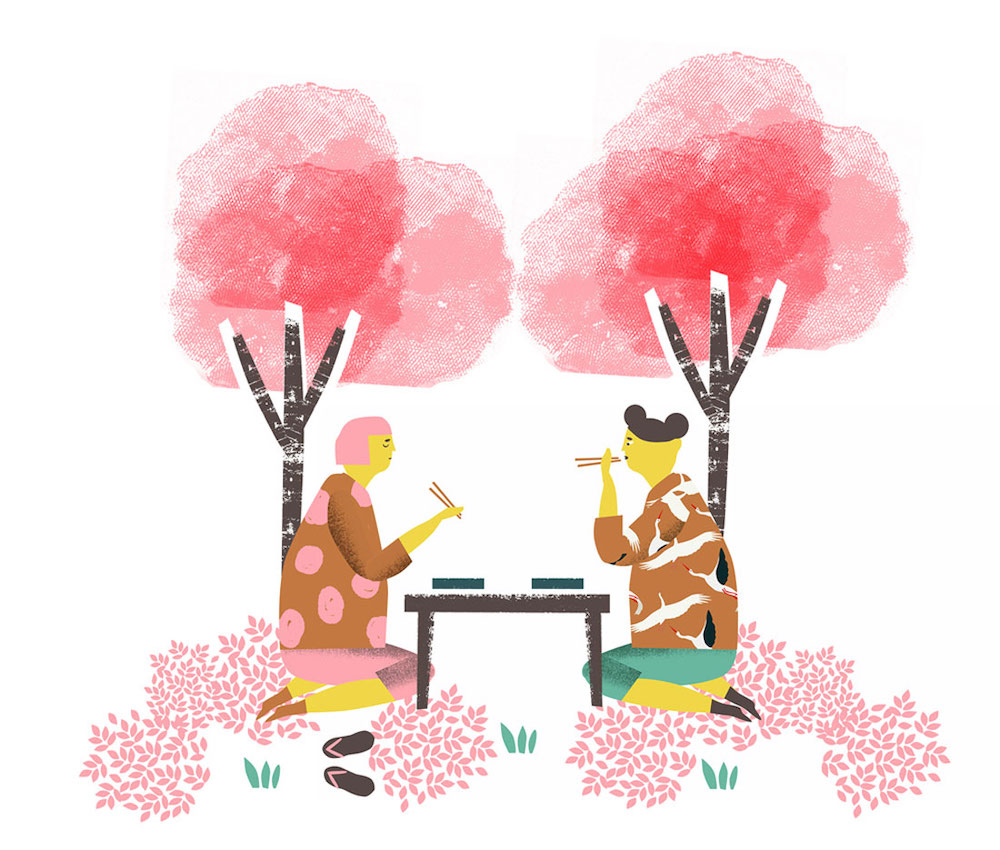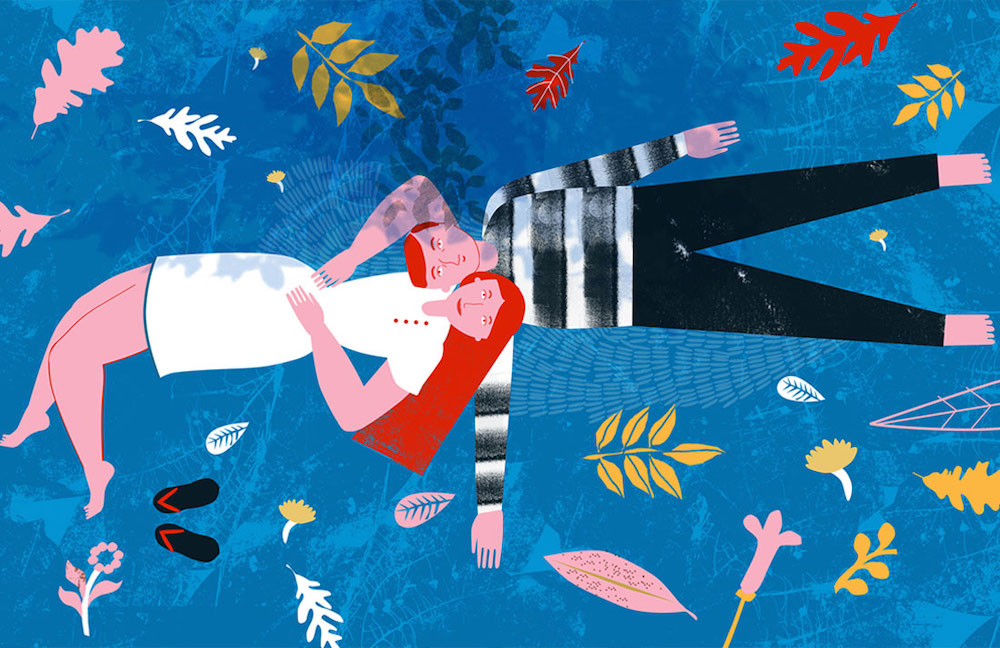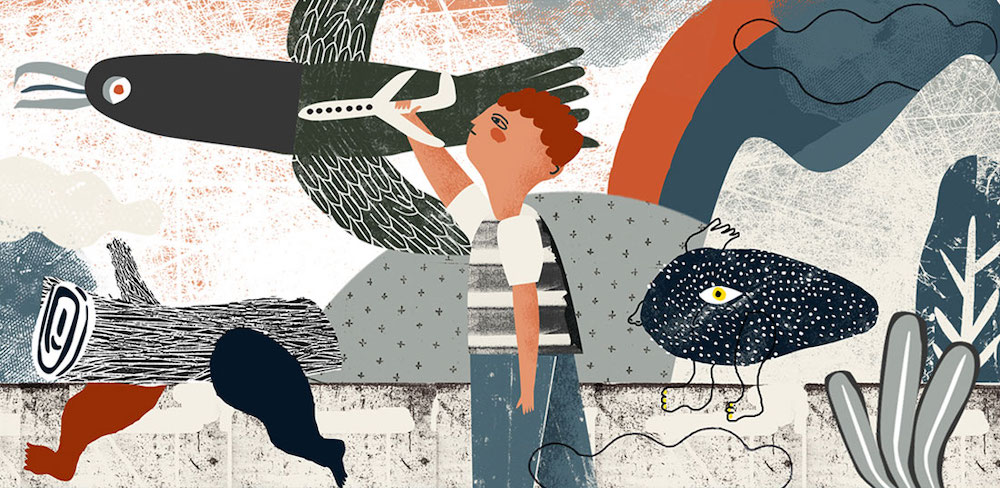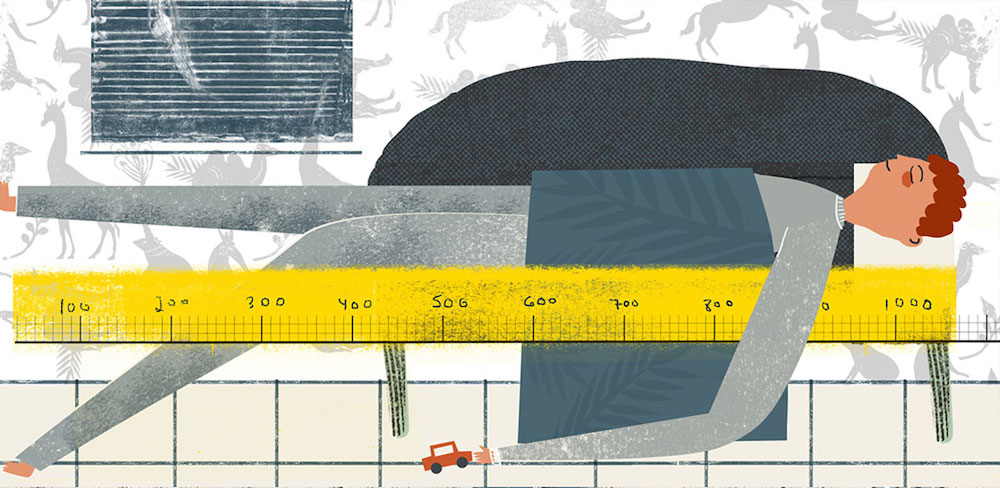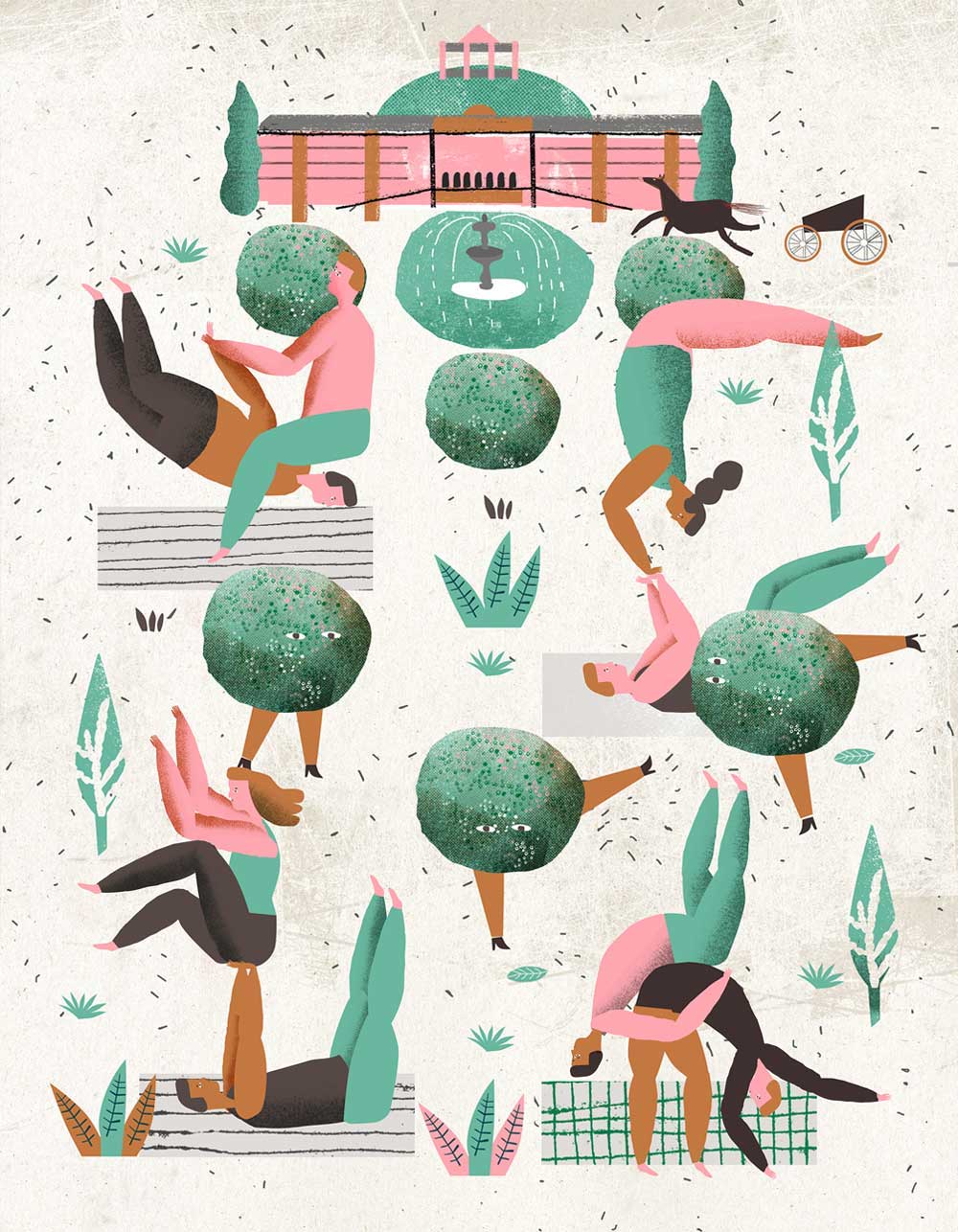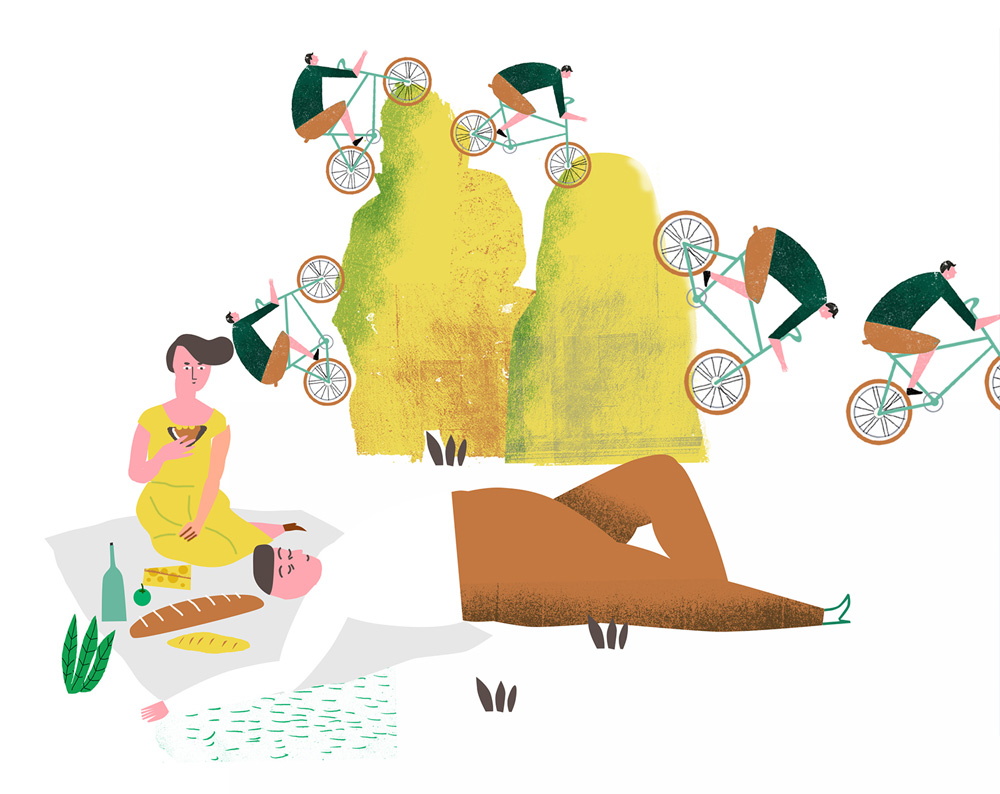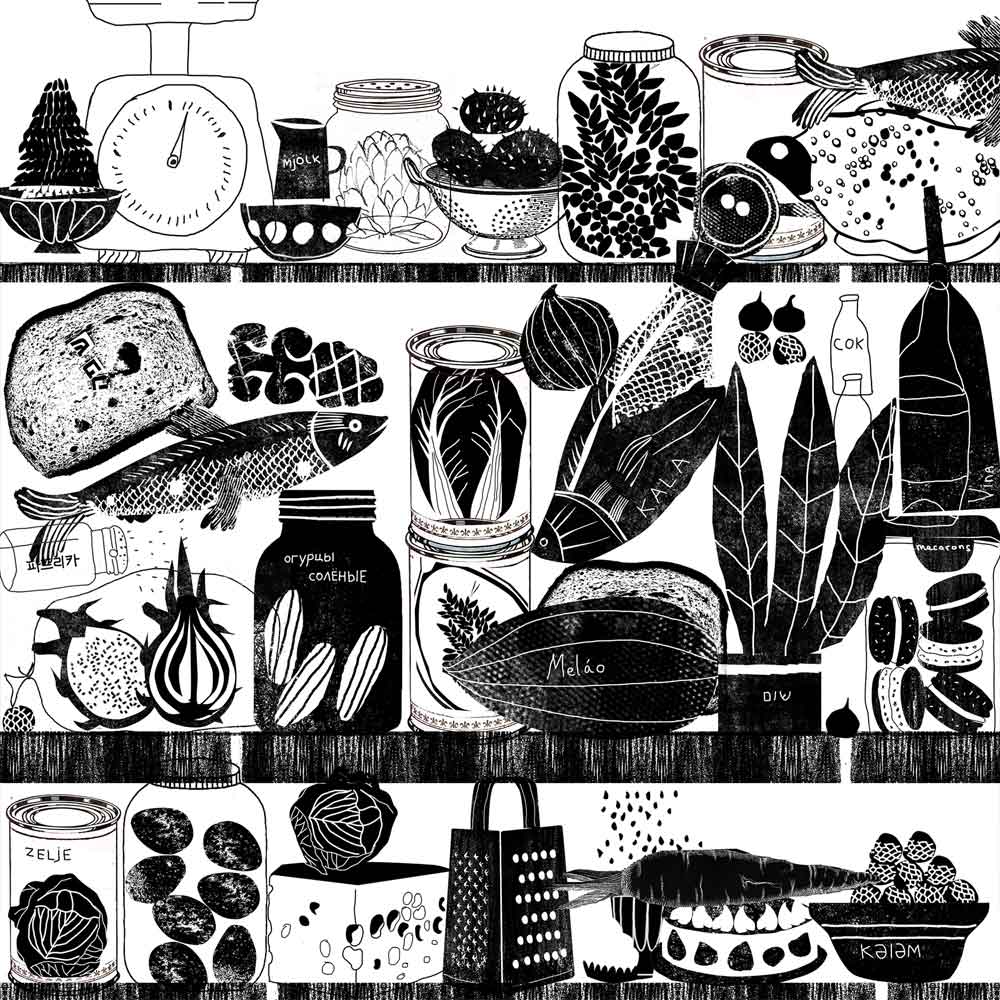Interview with Masha Manapov
Illustration from Tel Aviv
In this series we introduce you to the most exciting Israeli creative minds in graphic design, animation and illustration. Last time we introduced the illustrator Assaf Benharroch more will follow. But now Masha Manapov.
Born in Baku, raised in Tel Aviv, Masha Manapov received her degree from the Bezalel Academy of Art and Design in Jerusalem, with a major in illustration. She worked at a design and brand agency in Tel Aviv and as a graphic designer within the Haaretz newspaper group. She has since worked as an editorial illustrator for many magazines and newspapers worldwide: The Independent, Wired, The New York Times, Boston Globe and many more. She currently works at an interactive science centre in Bristol, UK, designing both in print and digital and for exhibitions.
From your education at Bezalel Academy, what do you remember most?
I remember being hungry, tired and more creative than I ever was. It was a big part of self-discovery both personal and professional as it might be for every other student at this very particular time in your life. It taught me a great deal, even if I didn’t acknowledge it at the time, about project research, intent, and honesty in my work, concept, originality and responsible design. Even though ever since, I was always extremely lucky to work in an amazing environment with brilliant, stimulating minds I never had the chance to share the same workspace with so many like-minded creative individuals again. I guess it is one of the hardships working as a freelancer or as an in-house designer in a non-design-based organization.
When working on assignments, when do you know you come close to your aims?
It varies, in some jobs I like the in-between phase of not knowing and testing different angles, textures, techniques, and colors. The search is a process of discovery that might not necessarily affect the job I’m working on at the moment but will always find its way into another work. If I’m enjoying it, it’s always a good sign, and If I come back a day or a couple of hours later and am still pleased with myself, it’s a winner.
How does a typical workday look like to you?
My week is shared between working from my home studio on freelance illustration projects to the work I do as a senior designer at the science centre. In both places, I sit by a giant 3-meter window overlooking a nice view and have the freedom to create my own schedule and at times initiate my own projects.
We The Curious is quite an unusual place where the day can start by stargazing in our 3D planetarium (of which I illustrated some of the constellations), then to participate in a user testing group in the prototype room, to designing a new card game for an activity and working on a new marketing campaign. It is never dull, and the whole place is buzzing with people from different disciplines and backgrounds. The work phase is quite fast which helps me focus much better.
When I’m freelancing from home, it’s more isolated and quieter, and I allow myself more flexibility with my time. Recently I started to have walks, to meet a friend or do house chores (which I find therapeutically) to give myself some time away from the monitor.
Tell us about the challenges of working on exhibition design and museum branding.
I like the reality of being part of an actual in-house design team where I’m quite often the client and designer at the same time. I have the privilege of knowing the brand and our offer inside out which allows me to be a vital voice in the decision-making process. About a year ago, the organization went through a massive rebrand which naturally affected my line of work.
The new brand is all about evoking curiosity, which is a very cool concept to have, yet, at times, it might be too broad to work with. While the brand is still new and needs nurturing, care and support, it does not forgive any flexibility. Which is where as a designer I need to draw the line and be the killjoy to all the eager enthusiasts. I usually don’t mind doing so. This is where my Russian upbringing kicks in.
As a charity organization, we often design with limited production budgets or on no budget at all. When I first started, it took me a couple of months to realize that my ideas are not feasible. Nowadays it’s always part of my brief. This format requires me to think differently, which brings more creative results. It makes it harder to “cheat” because no fancy technology and the light-sound-smoke machine will come to my rescue and cover up a poorly made work. The concept and the design are all I have to work and win with.
More about Masha Manapov here.
